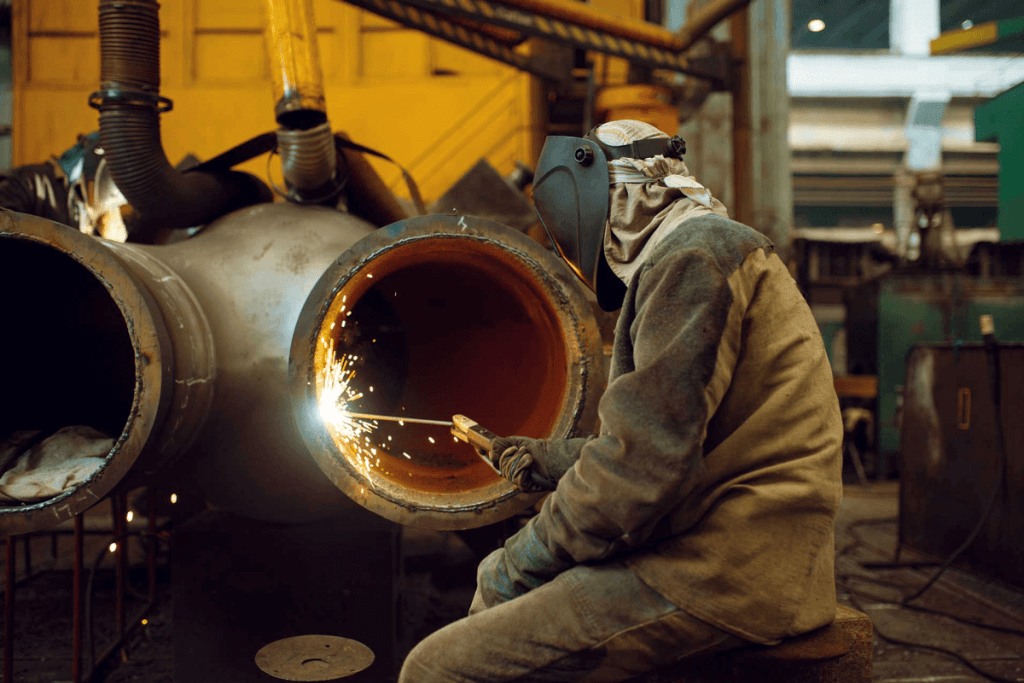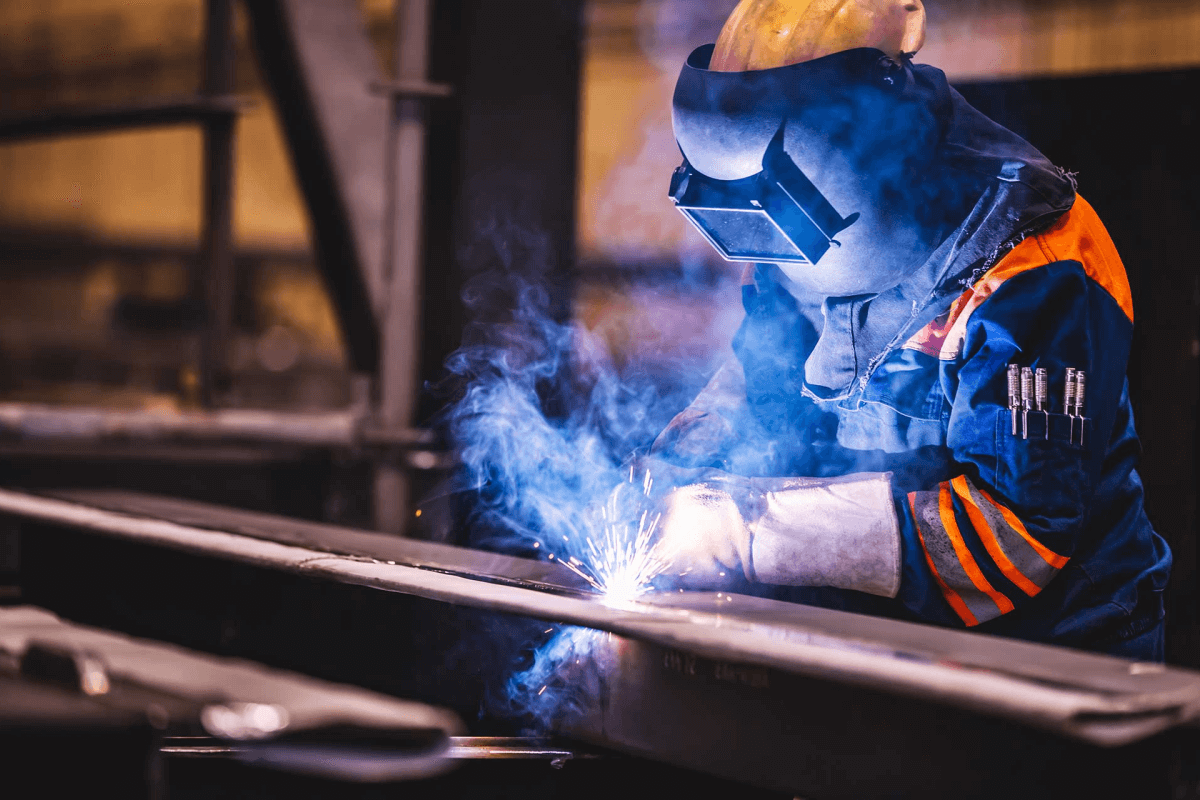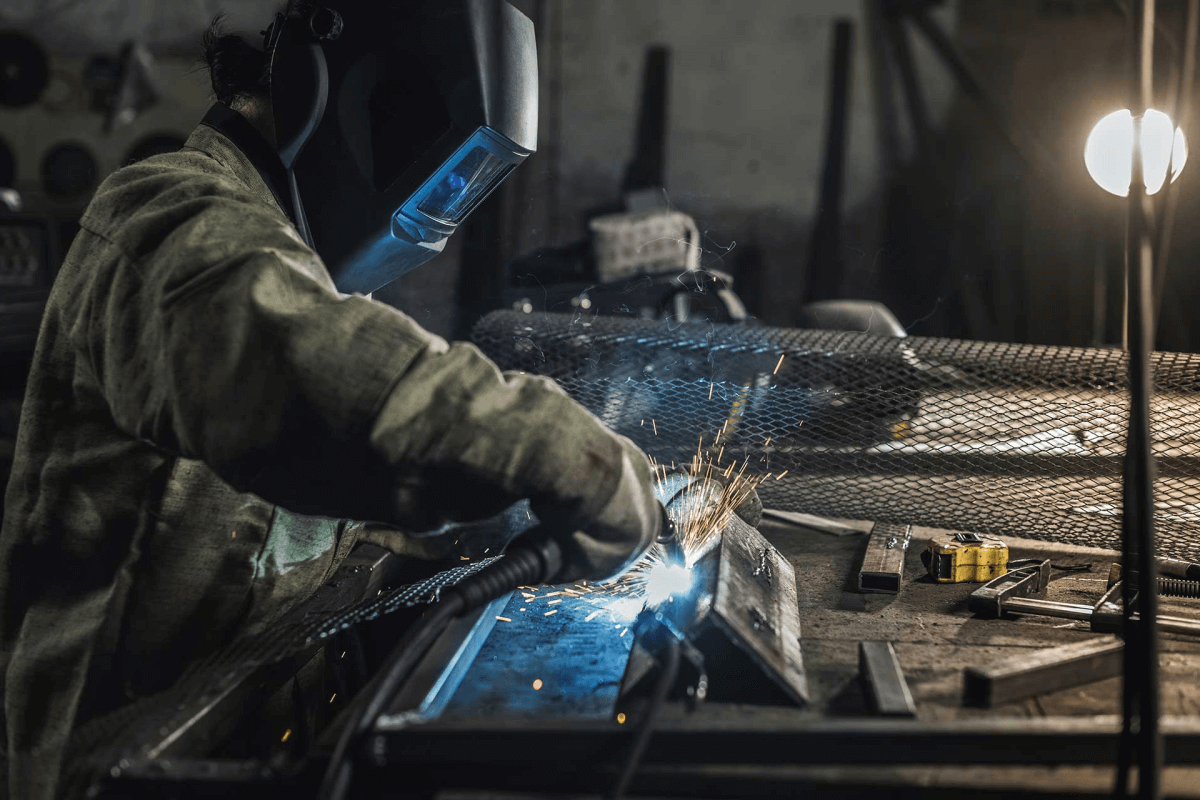When embarking on a metalworking project, selecting the appropriate metal is crucial to its success. The choice of metal can significantly impact factors such as durability, appearance, cost, and functionality. This comprehensive guide will delve into the key considerations for choosing the right metal for your specific needs.
Understanding Different Metals
Before making a decision, it’s essential to familiarize yourself with the characteristics and properties of various metals. Here are some commonly used metals and their key attributes:
Steel:
- Types: Carbon steel, stainless steel, alloy steel
- Properties: Strong, durable, versatile, and widely available.
- Applications: Structural components, machinery, tools, and appliances.
Aluminum:
- Properties: Lightweight, corrosion-resistant, malleable, and conductive.
- Applications: Aerospace, automotive, construction, and consumer electronics.
Copper:
- Properties: Malleable, ductile, conductive, and has a distinctive reddish-brown color.
- Applications: Plumbing, electrical wiring, roofing, and decorative items.
Brass:
- Properties: A copper-zinc alloy, known for its strength, corrosion resistance, and attractive appearance.
- Applications: Plumbing fixtures, doorknobs, musical instruments, and decorative accents.
Titanium:
- Properties: Extremely strong, lightweight, corrosion-resistant, and biocompatible.
- Applications: Aerospace, medical implants, marine engineering, and industrial components.
Nickel:
- Properties: Durable, corrosion-resistant, and has a silvery-white appearance.
- Applications: Alloys (stainless steel, nickel-silver), batteries, and catalytic converters.
Cast Iron:
- Properties: Brittle but strong in compression, resistant to wear and tear.
- Applications: Engine blocks, pipes, and cookware.
Key Factors to Consider
- Project Requirements:
- Functionality: What specific tasks or conditions will the metal need to withstand?
- Appearance: Do you have any aesthetic preferences or requirements?
- Durability: How long do you expect the metal to last?
- Cost: What is your budget for the metal and associated materials?
- Metal Properties:
- Strength: Consider the required load-bearing capacity.
- Corrosion Resistance: Will the metal be exposed to elements that can cause corrosion?
- Weight: Is weight a critical factor in your project?
- Conductivity: Does the metal need to be electrically or thermally conductive?
- Malleability and Ductility: Can the metal be easily shaped or formed?
- Fabrication Methods:
- Welding: Some metals are more suitable for welding than others.
- Machining: Consider the ease of machining the metal for desired shapes and sizes.
- Casting: If casting is involved, the metal’s casting properties are crucial.
- Environmental Considerations:
- Sustainability: Are there any environmental concerns or regulations to consider?
- Recycling: Is the metal recyclable or reusable?
Case Studies: Real-World Applications
To illustrate how metal selection can impact project outcomes, let’s examine a few case studies:
Example 1: Automotive Industry
- Project: Designing a car frame
- Metal Choice: High-strength steel or aluminum alloy
- Rationale: Steel offers excellent strength and durability, while aluminum can reduce weight for improved fuel efficiency. The choice depends on the specific design requirements and target market.
Example 2: Construction Industry
- Project: Building a bridge
- Metal Choice: Structural steel
- Rationale: Steel’s high strength-to-weight ratio and versatility make it ideal for structural applications, ensuring the bridge’s stability and durability.
Example 3: Consumer Electronics
- Project: Manufacturing a smartphone case
- Metal Choice: Aluminum
- Rationale: Aluminum’s lightweight, durable, and aesthetically pleasing properties make it a popular choice for smartphone cases, providing a sleek and protective design.
Additional Tips
- Consult with Experts: If you’re unsure about metal selection, consult with a metallurgist or materials engineer.
- Consider Alternatives: Don’t be afraid to explore alternative materials or combinations of metals.
- Prototype Testing: If possible, create prototypes to evaluate the metal’s performance in your specific application.
- Stay Informed: Keep up-to-date with the latest advancements in metal technology and materials science.
By carefully considering these factors and following the guidelines outlined in this guide, you can make informed decisions about metal selection and ensure the success of your project.



